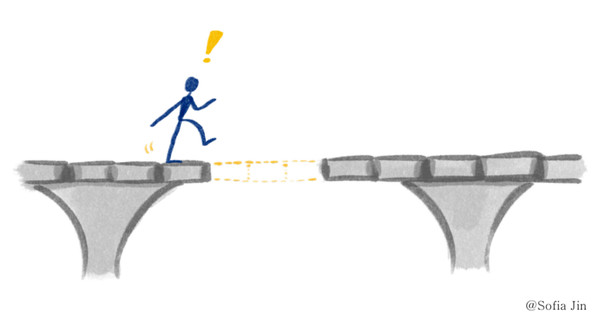
There is a moment that often passes unnoticed in classrooms: a pause after a complex idea is introduced, a flicker of hesitation on a student’s face. You can feel the question forming — but it never quite makes it out. The class moves on, the moment slips by, and whatever didn’t make sense stays quietly unresolved. This happens more often than we realize. Not because students don’t care, but because somewhere along the way, many have learned that
asking questions is risky. That it might make them look unprepared. That others already understand, so they should, too.
However, education doesn’t begin with knowing. It begins with asking. And often, with the courage to say, “I don’t understand.” In academic spaces, we tend to reward fluency, speed, and certainty. The student who speaks with confidence, who nods without pause, who hands in polished work on time — these are the signs we’ve come to associate with success. But some of the most important learning moments come not from those who appear sure, but from those willing to stop and ask something real. To ask a question is not simply to fill a gap in knowledge. It’s an act of engagement — a signal that something has stirred curiosity or prompted doubt. It shows a willingness to pause and examine, rather than rush to appear certain. In a culture that often prizes quick answers and polished performance, that pause takes courage. But if learning is to be genuine, it must make space for uncertainty. The classroom, at its best, is not a stage for flawless expression, but a space where ideas can be tested, revised, and sometimes rethought entirely. Inquiry must come before performance. That is why the freedom to ask matters so deeply. When questions are welcomed — especially the uncertain, unfinished ones — something more than knowledge begins to take root. In that space of not knowing, understanding has a chance to grow. What begins in hesitation can become the foundation for real insight.

